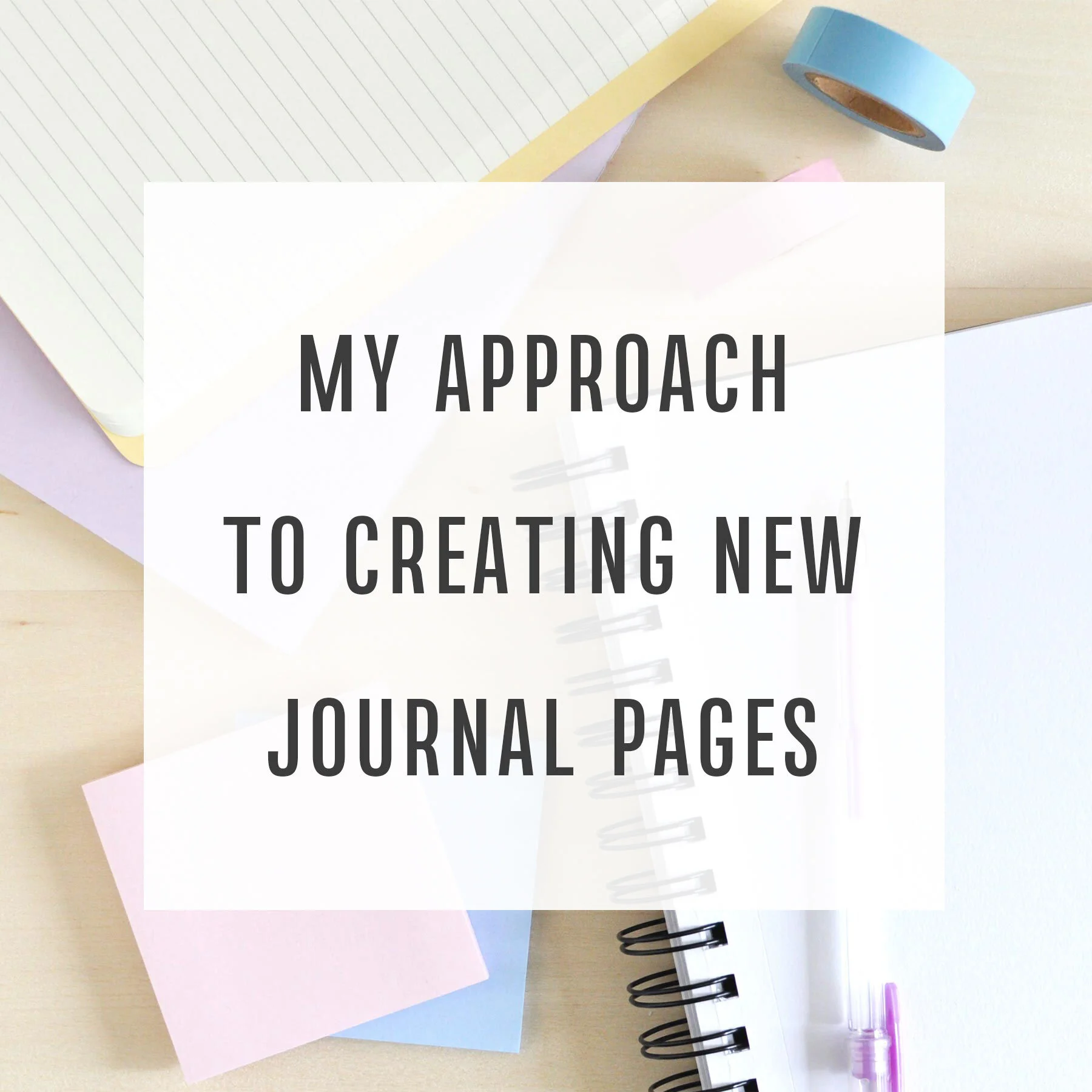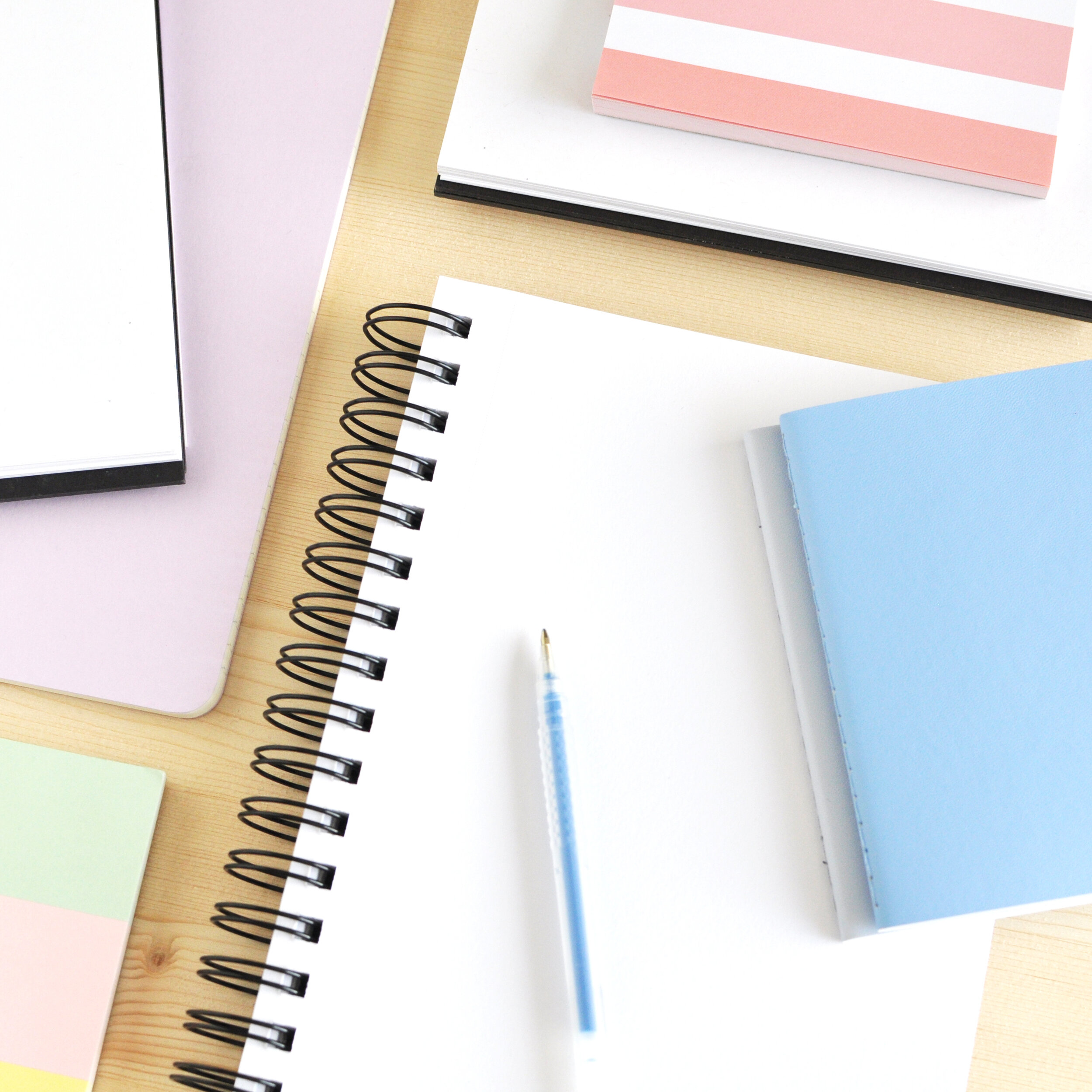I do a fair bit of reading about the role of reflective journaling in learning -- especially adult learning. Reflection itself is an awesome thoughts-to-action process. Awesome. It aims directly at the core of who you are and what you're capable of achieving and that, I assure you, is riveting subject matter for your journal. (More about this below, I promise.)
But.
It's not an easy process. Not by a long shot.
Almost every article, paper and book I encounter includes variations of these two warnings:
Reflection, in order to be effective, requires consistent effort and encouragement.
Reflection is often uncomfortable, even painful.
Every time I read one of these warnings, I think, "I should write about this." And I do. Sort of. I start a blog post or email on the subject and then, about halfway through, I give up because it feels ... uncomfortable.
In my own journal practice, even after many years, putting my thoughts in writing is still uncomfortable at times. Awkward. Cringeworthy. Icky. Painful. Even the simplest things, like capturing a moment or two from an ordinary day, can be tricky. I think it's because journaling brings you face to face with yourself, your choices and circumstances, and what you see doesn't always meet your expectations.
Why on earth would you want to put yourself through that?
For me, it's what's waiting on the other side, just past the discomfort, that makes it worth the effort time after time. And what's waiting are the very best parts of yourself -- the strong and brave parts, the parts that are capable of change and growth, the parts that are kind and generous and funny and brilliant and utterly unique.
Reflective journaling is a surprisingly effective tool for getting to know the best parts of yourself, for building faith in yourself, for recognizing that you can do what you set out to do, and for getting out there and doing it.
Even the pain has its uses. I've found that noticing the pain in my own experiences in the course of my journaling helps me notice it in others too. It helps me see them struggling in ways that I'm struggling and reminds me to consider our common ground before jumping to conclusions about things said or done.
Long story short, I love every bit of it, even the discomfort, because it deepens my experience of the world. It makes me appreciate the good stuff all the more and it makes life more interesting. In fact, it doesn't just make life more interesting -- journaling makes us more interesting. Each of us, including you. And you are fascinating, I promise you. You have a singular story to tell. You have an important voice to add to the conversation. You have a one-of-a-kind path forward to create for yourself.
So, let's get to that good stuff together, shall we?
Here are three ways I've learned to journal through the uncomfortable parts along the way to best parts:
1. Reflect in small doses. This is how I journal the tough stuff, like heartache and failure -- small doses. And colourful spaces for writing and prompts that are grounded as much as possible in just one tiny part of the here and now. So I don't end up in the weeds. So I can take it one tiny step at a time and, for the most part, enjoy moments of progress and make note of the growth spurts along the way.
2. Adopt an attitude that is relentlessly positive. This drives my kids nuts -- because I'm always pointing out the silver linings in their clouds -- but I stand by it. Failure is an opportunity to learn. A problem well stated is half solved. Bad times remind us what's important to us. I'm not saying I'm always a ray of sunshine, far from it, but even in my darkest hours, it has become a habit to search for the good stuff and it always makes a difference in the speed and the manner in which I find my way back to the light.
3. Make it your own. There are no rules in journaling. Find the times and tools and methods and words that work best for you. Experiment, take breaks, start over, keep the stuff that keeps you journaling and get rid of the stuff that doesn't. When your journaling practice is your own, it can see you through to the good stuff.
One last thought
I'm here to help. I want to encourage your journaling any way I can.
If you're looking for a place to start on your own, you can download many of my small dose journal pages for free from my shop.
If you'd like some personalized, one-on-one encouragement, you can try a mini journal adventure.
If you'd just like to say hello and chat about your journal practice (or the journal practice you'd like to develop), leave a comment below or send me an email with your thoughts -- even if they're uncomfortable. I'd love to hear from you and I'll be thrilled to chat.











